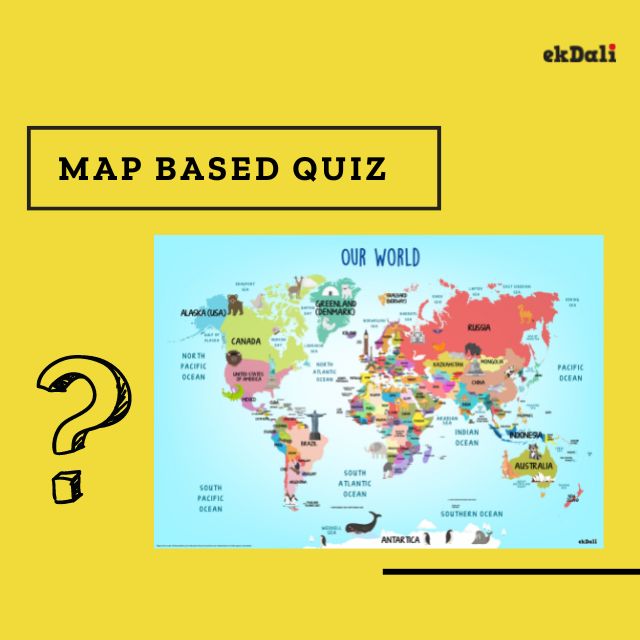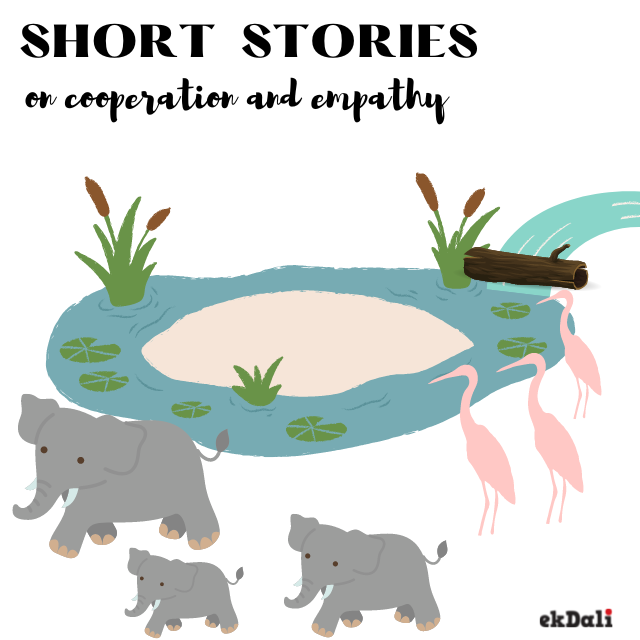ARGENTINA FACTS FOR KIDS
It is the second largest country in South America and the largest Spanish-speaking country in the world. The country's name comes from the Latin word for silver, Argentum.
QUICK FACTS
|
Official name: Argentine Republic |
|
Capital: Buenos Aires |
|
Official Language: Spanish |
|
Currency: Argentine Peso |
|
Continent: South America |
|
Population: 45.2 million |
|
Major rivers: Uruguay river, Paraguay river |
|
Major Cities: Vincente Lopez, La Plata, Cordoba |
|
Major Mountains: Cerro Aconcagua, Monte Pissis, Cerro Torre |
|
National Sport: Pato |
|
National Animal: The Rufous Hornero |
|
National Fruit: Apple Malus domestica |
|
National Tree: Ceibo |
GEOGRAPHY AND CLIMATE
The geography of Argentina encompasses deserts, tundra, immense plains, and forests, as well as tall mountains, thousands of miles of ocean shoreline, and rivers.
The climate in Argentina is very varied. Buenos Aires and the Pampas have a temperate climate which means it can be pretty cold in winter, but hot and humid in summer. The Andes and Patagonia are cool in summer and very cold in winter.
PEOPLE AND CULTURE
The most common ethnic groups are Spanish, Italian, and Native American. About 62.5% of the total population, have Italian ancestry.
Culture is a blend of European customs and Latin American and indigenous traditions. Argentines are quite proud of their nation and its blended heritage as well as their ability to rise above adversity.
Paisana: Argentinean country suit, which is the female version of the gaucho costume(cow-herders costume). It consists of a semi-flat skirt without a petticoat that usually has some embroidered detail (usually colored flowers) and a camisole that is usually long-sleeved.
THE FLAG
The national flag of the Argentine Republic is a triband, composed of three equally wide horizontal bands colored light blue and white. In the center of the white band is a sun which refers to the May revolution in Argentina, which led to that country's later independence from Spanish rule.
FLORA AND FAUNA
More than 10% of the world's flora varieties are found in Argentina. Varied climates and terrain create the ideal environment for a variety of species of flowers, trees, and grasses. The flowers of the erythrina Crista-Galli, cockspur coral tree, or ceibo are commonly found in the country. Pampas grass, Queen palm, Cardon cacti, and Monkey puzzle tree are native trees of Argentina.
Many tropical animals thrive in the forests, among them are the capybara, coypu, puma, and various wildcats. In the grasslands and deserts are the guanaco, and rhea. The cavy, viscacha, Tuco Tuco, armadillo, pichiciego, otter, weasel, nutria, opossum, various types of fox, and hog-nosed skunk are common. The ostrich, crested screamer, tinamou, and ovenbird are a few of the many species of birds. The dorado, a fine game fish, is found in larger streams, and the pejerrey, Corvina, palometa, pacu, and zurubi abound in the rivers.
POPULAR SPORT
Argentine achievements can be found in team sports such as football, basketball, field hockey, and rugby union, and individual sports such as boxing, golf, tennis, and rowing. Pato, the national sport, is not very popular. Argentina’s national football team won the FIFA World Cup on two occasions namely in 1978 and 1986.
TOURIST ATTRACTION
Buenos Aires obelisk: The Obelisco de Buenos Aires is a national historic monument and icon of Buenos Aires. it marks the spot where the Argentine national flag was raised in the city for the first time. The obelisk was designed by Argentine modernist architect Alberto Prebisch.
Iguazu Falls: The Iguazu Falls are composed of 275 separate cascades, which make it the largest broken waterfall in the world. March, April, and September are the best time to visit Iguazu Falls as the water levels are still reasonably high and it isn't too hot.
Monument a la Bandera: The National Flag Memorial a la Bandera in Rosario, Argentina, is a monumental complex built near the shore of the Parana river in 1957.
Monument a Guemes: The monument is dedicated to General Martin Miguel de Guemes, a hero of Argentine independence and governor of Salta Province. The imposing monument showcases a statue of the general standing at the top of a mound of rocks.
Products related to this post:
World Countries and Capitals Flashcards for kids
























